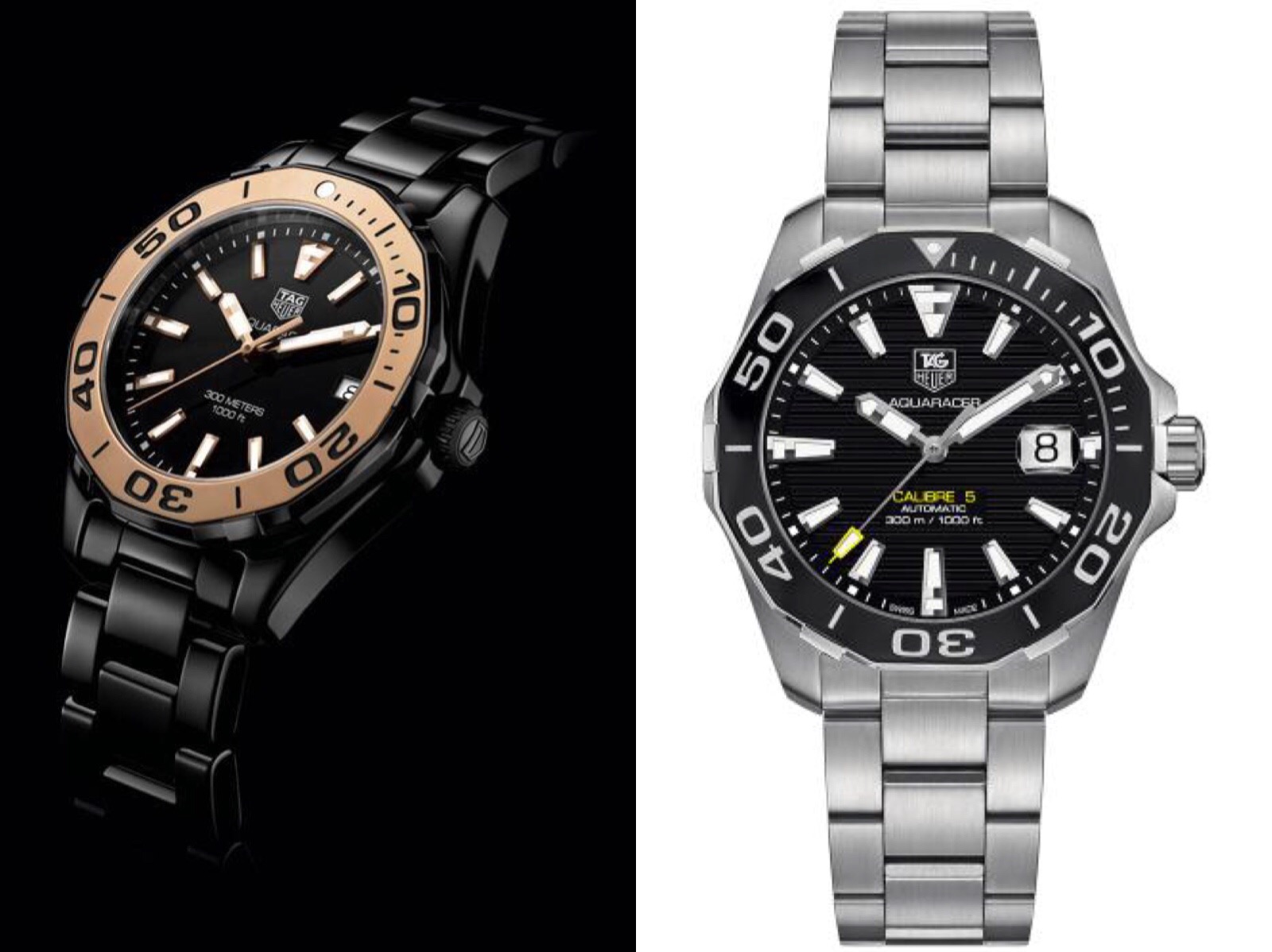Of all the inventions that helped improve the accuracy of Tag Heuer Replica Watches mechanical timepieces, none was more important than a speed governing mechanism. This article will trace the evolutionary history of the speed-regulating mechanism from the early prototype to the latest material. During the Second World War and several years later, the armed forces proposed different types of quality timepieces to watch brands. Objectively speaking, the outbreak of war has promoted the development of the watchmaking industry. At that time, the frequency and accuracy of the movement were more than adequate for everyday applications. So watchmakers did not deliberately strive to develop new escapements. Instead, the brand focuses on improving case processing techniques and looking for ways to improve water resistance and nighttime legibility.
Until the mid-1950s, the American Mallory Company invented the mercury-containing button battery, and the movement escapement was further developed.
The watchmaker was able to create an electromechanical escapement that was equipped with an electric drive balance. The Copy Tag Heuer watch used this technology. There are two disadvantages to this type of system. And the other is the need to frequently replace the battery to supply power.
The watch industry’s reliance on the lever escapement was unexpectedly broken by electronic engineers. For more than 20 years, research by electronics engineers has made possible the impossible and has succeeded in miniaturizing components to fit into the Tag Heuer Replica Watches case. It is worth mentioning that, before the appearance of the quartz watch, the United States Baoluhua company made the first tuning fork watch, thanks to the Swiss engineer Max Hetzel who joined the company in 1948. Bao Luhua’s tuning fork is a crystal resonance, which was a new invention at the time, indicating that quartz crystal will push the watch industry to a new era: high frequency, and finally achieve extreme precision. These tuning forks are very clever, not ticking, but humming like a bee.
Accelerate or fall behind
This is not the first time a watchmaker has tried to increase the escapement frequency. In the early 20th century, the watchmaking industry wanted to measure the world. But could not satisfy the technical level at that time. In response to demand, Imitation Tag Heuer became one of the first brands to explore high-vibration frequency. And released research results in 1916. This handheld stopwatch has a frequency of up to 50 Hz and timing accuracy of 1/100 second through the dial. display. In the same year, Xinhua introduced a Tag Heuer Replica Watches stopwatch with a timing accuracy of 1/100 seconds. But not all brands believe that there is a need to adopt such high frequency, especially in practical applications. In the 1920s, it took the first step in the field of motion timing. Its mechanical stopwatch was 5 Hz (36,000 times/hour) and the timing accuracy was 1/10 seconds.
Only a few timepieces are close to this level of precision.
But the first shot of the “war” of the frequency has already started. When the timepiece moves from the pocket to the wrist, the competition to find the right frequency is really starting. The earliest Tag Heuer Imitation mechanical watch, the vibration frequency is usually set to 2.5 Hz (18,000 times/hour). Movement engineers quickly realized that it was difficult for these watches to maintain precise timing as the wearer constantly changed their gestures. To this end, the movement engineer proposes various solutions, such as switching to a smaller, lighter balance or a faster escapement. This explains why most watchmakers have improved escape frequency.

